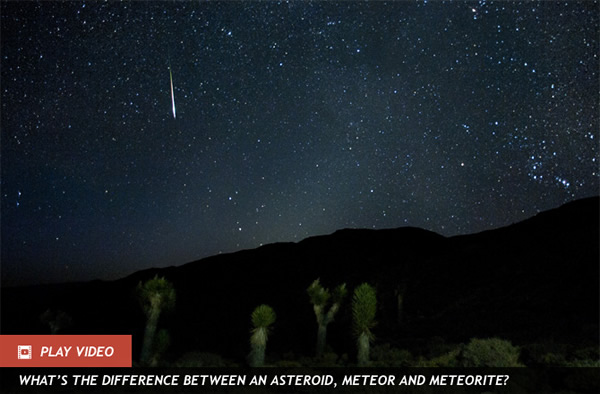Mysterious Meteors Could Dazzle in Rare Shower
Mysterious Meteors Could Dazzle in Rare Shower
If two astronomers predictions are right, Earth will plow through a dusty trail of comet debris early Tuesday, setting off a meteor shower that hasn’t been seen since 1930.
North America is well positioned for the celestial fireworks, which are expected to begin around 4:30 a.m. EDT and last for about a half-hour.
The co-called gamma Delphinid meteor shower was first observed in Maryland on June 11 1930, NASA said.
“Only a few meteors from this shower are thought to have been seen in the decades since, and those identifications are tenuous. Recent calculations by scientists indicate that 2013 and 2027 might be the best years for a repeat performance of 1910,” the U.S. space agency wrote in a story posted on its website.
The dust particles, left over from a comet’s passage, will be moving at about 127,500 mph, which is “pretty fast for meteors,” notes NASA. They appear as a streak across the sky as they burn up in Earth’s atmosphere.
Starting at 11 p.m., NASA will host a live webchat with Bill Cooke, head of NASA’s Meteoroid Environment Office at the Marshall Space Flight Center in Huntsville, Ala. The show will include a live UStream telescope view of the skies over Huntsville.
To try to see the meteors yourself, scientists suggest going outside between midnight and dawn, and allow about 45 minutes for your eyes to adjust to the darkness. Lie on your back and look straight up. Some meteors may appear as early as 9:30 p.m., when the constellation Delphinus rises in the east.
The peak of the show is expected when Delphinus is highest in the sky.(Jun 10, 2013 02:37 PM ET // by Irene Klotz)












